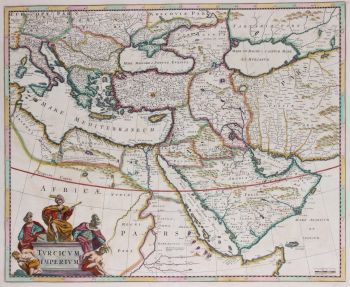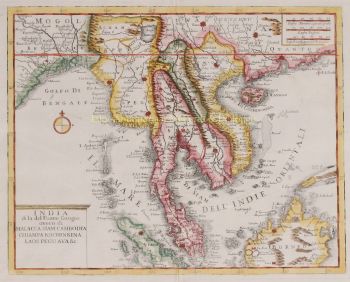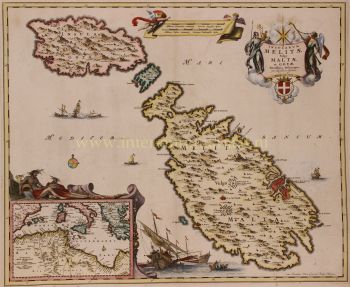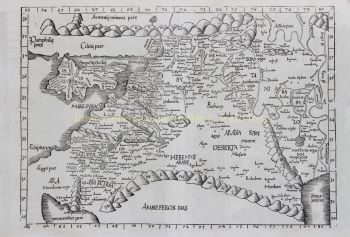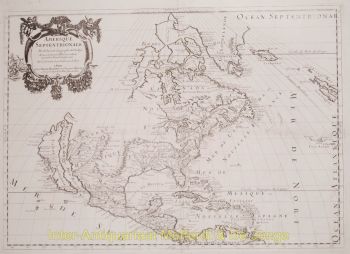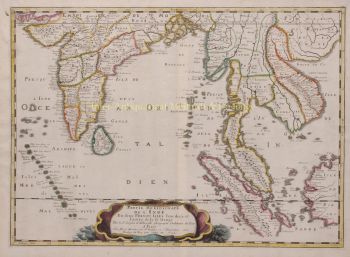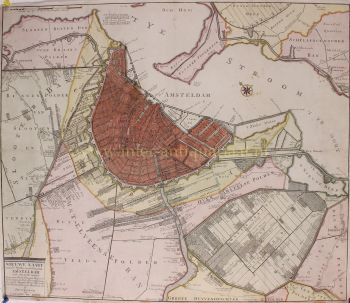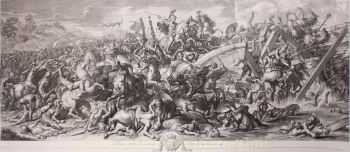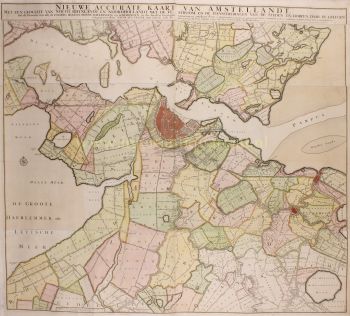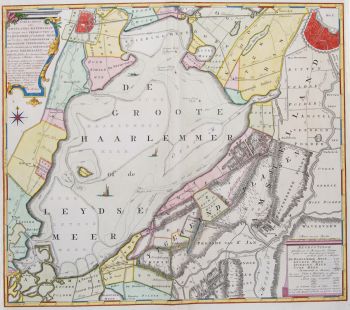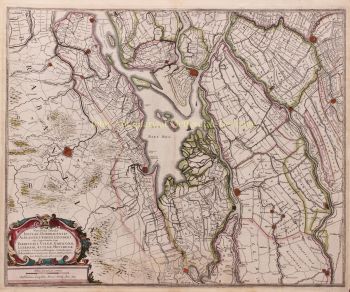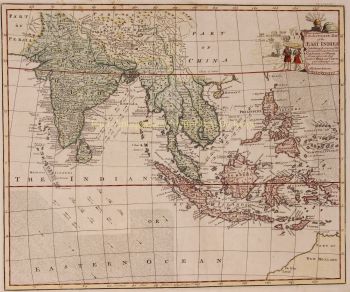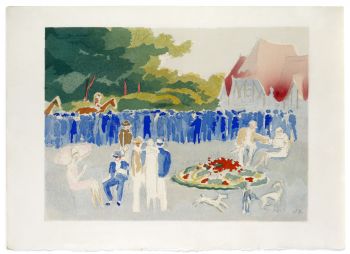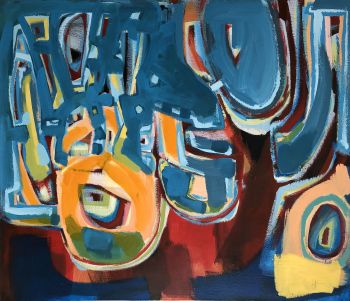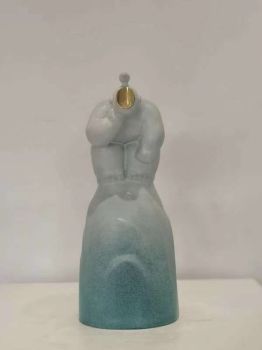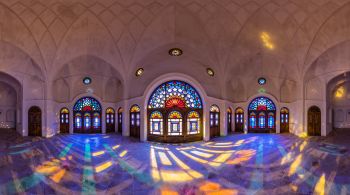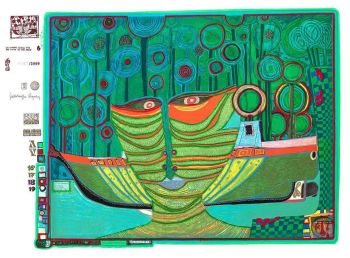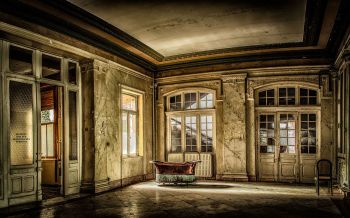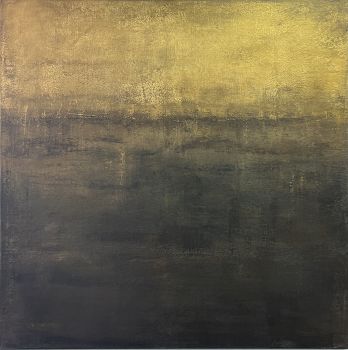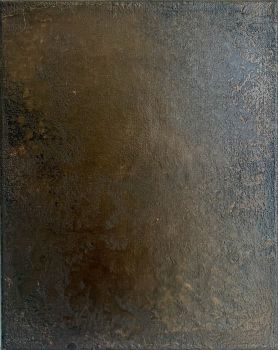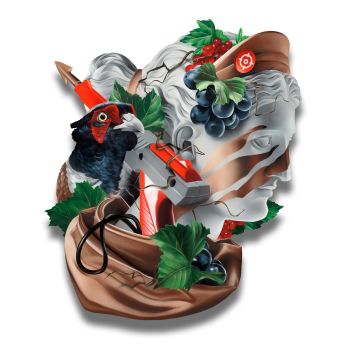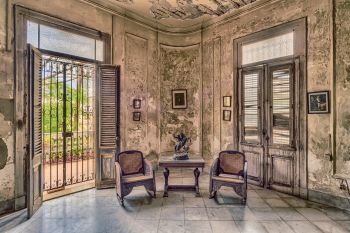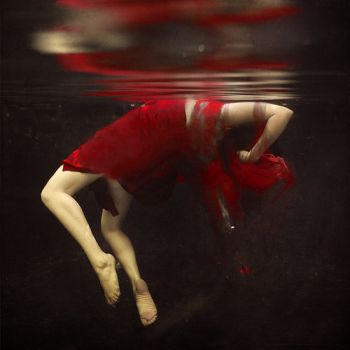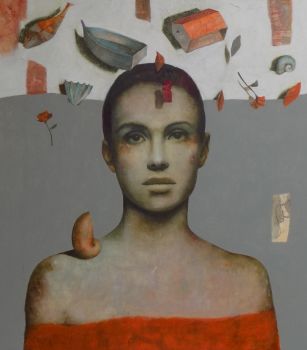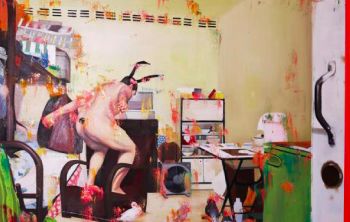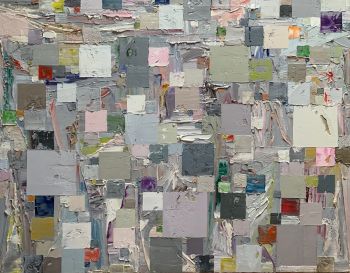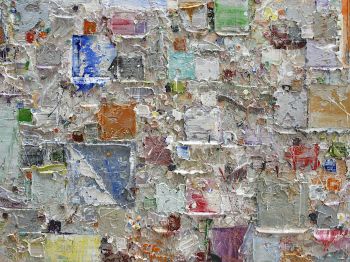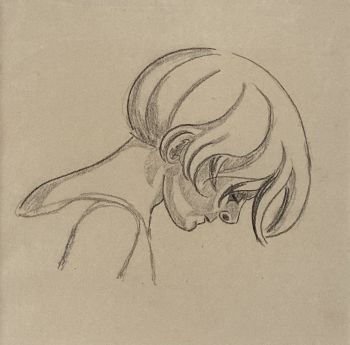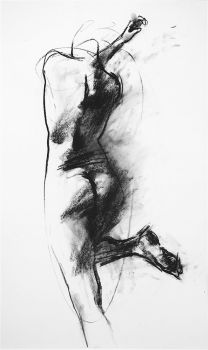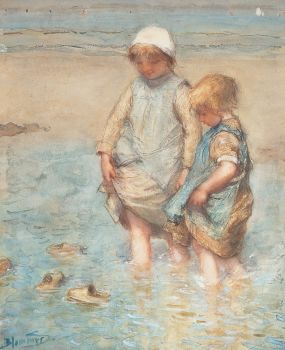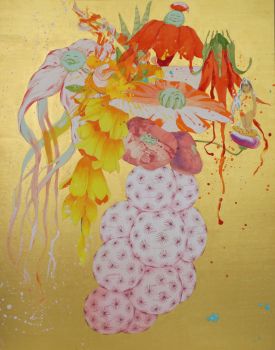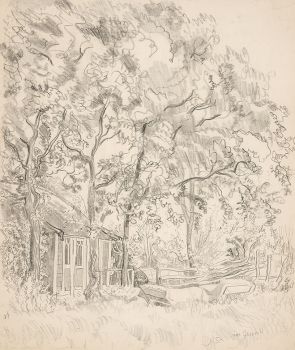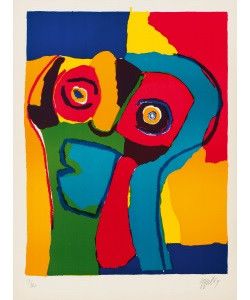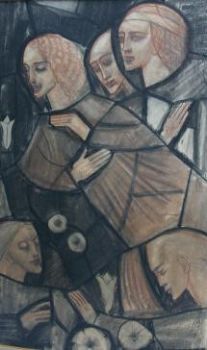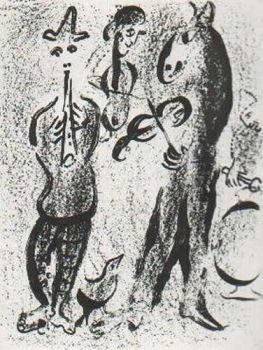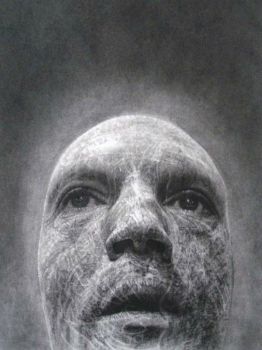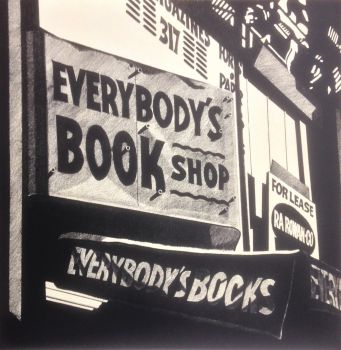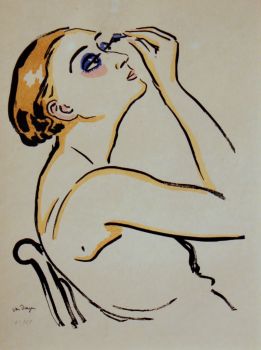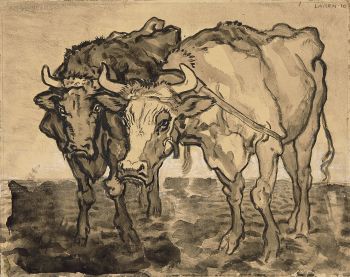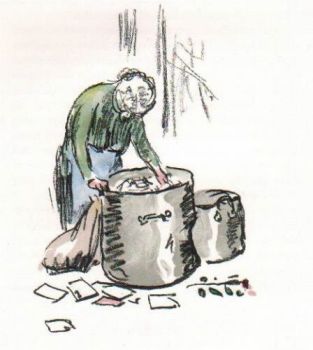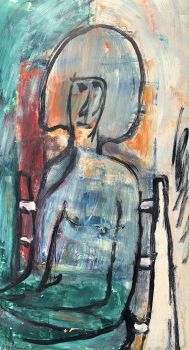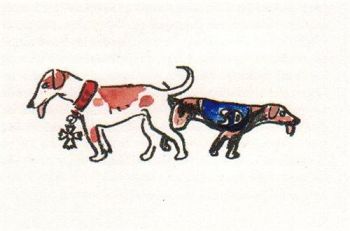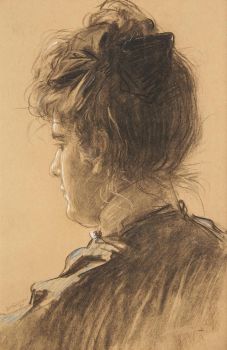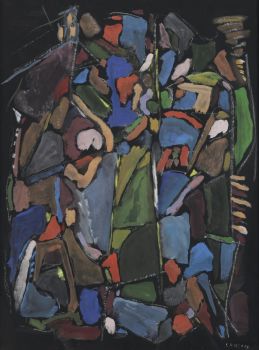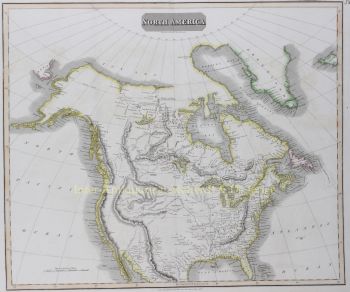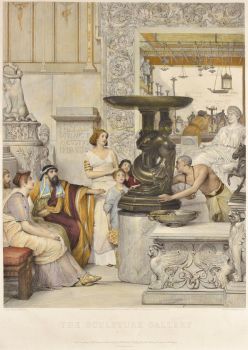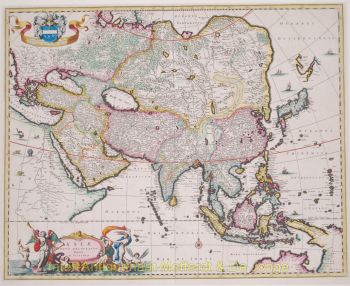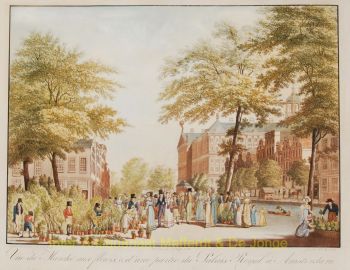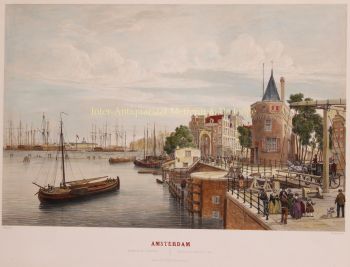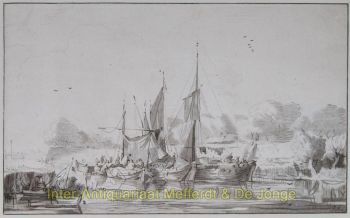Weltkarte 1660
Frederick de Wit
Papier
€ 11.500
Inter-Antiquariaat Mefferdt & De Jonge
- Über KunstwerkNova Totius Terrarum Orbis Tabula. Copper engraving made by Frederick de Wit 't Amsterdam in de Calverstraat inde Witte Pascaart 1660, published in De Zee-Atlas Ofte Water-Wereld of Hendrik Doncker in Amsterdam from 1660 to 1670. With original hand colouring. Size: 47 x 56 cm (plus margins). This was De Wit's first world map. He derived it from the two hemisphere maps from Blaeu's wall map of 1648, reducing them in scale and making some changes. (Joan Blaeu's own smaller world map with two hemispheres can be found here.) The upper corners contain northern and southern celestial maps and the lower corners show north and south polar projections. In the bottom center are astronomical diagrams -- a geocentric one on the left and a Copernican one on the right. The top center vignette shows the sun encircled by a zodiacal ring. Between the maps and diagrams are four vignettes with allegorical depictions of the Four Elements (air, fire, earth and water). The map also includes Baroque decorations of garlands of fruit and flowers. A magnificent example of the art of mapmaking, this map is one of only 19 reproduced in color in Rodney Shirley's major scholarly work on world maps of the 15th to 17th centuries. In accompanying text, the author states that "[e]specially when richly coloured, De Wit's map is one of the most decorative standard-size maps of the time and it is much less commonly found than his three other atlas world maps." Frederick de Wit (1630-1706) was founder of a prominent map publishing firm in 17th century Amsterdam, the golden age of Dutch cartography. The De Wit family both published their own atlases and supplied maps to other cartographers such as Hendrik Doncker. Reference: Rodney Shirley (1983)- "The Mapping of the World: Early Printed World Maps 1472-1700", p. 421, plate 311. Price: Euro 11.500,- (incl. frame)
- Über KünstlerFrederik de Wit wurde als Frederik Hendriksz geboren. Er wurde ungefähr 1629 in einer protestantischen Familie in Gouda, einer kleinen Stadt in der Provinz Holland, einer der sieben vereinigten Provinzen der Niederlande, geboren. Sein Vater Hendrik Fredericsz (1608, 29. Juli 1668) war ein Hechtmaecker aus Amsterdam, und seine Mutter Neeltij Joosten (gest. Vor 1658) war die Tochter eines Kaufmanns in Gouda. Frederik war am 29. August 1661 mit Maria van der Way (1632 - 1711), der Tochter eines wohlhabenden katholischen Kaufmanns in Amsterdam, verheiratet. Von etwa 1648 bis zu seinem Tod Ende Juli 1706 war De Wit lebte und arbeitete in Amsterdam. Frederik und Maria hatten sieben Kinder, aber nur ein Franziskus Xaverius (1666 - 1727) überlebte sie. Bis 1648, während des Höhepunkts des niederländischen Goldenen Zeitalters, war De Wit von Gouda nach Amsterdam gezogen. Bereits 1654 hatte er eine Druckerei und ein Geschäft unter dem Namen "De Drie Crabben" (die drei Krabben) eröffnet, der auch der Name seines Hauses in der Kalverstraat war. 1655 änderte De Wit den Namen von seinem Laden an die "Witte Pascaert" (die Weiße Karte). Unter diesem Namen wurden De Wit und seine Firma international bekannt.
Sind Sie daran interessiert, dieses Kunstwerk zu kaufen?
Artwork details
Related artworks
- 1 - 4 / 4
- 1 - 4 / 24
- 1 - 4 / 24
Bernardus Johannes Blommers
SPELENDE VISSERSKINDEREN1845 - 1914
Preis auf AnfrageGalerie Het Noorderlicht
André Lanskoy
Composition Abstraite (sur fond noir)20th century
Preis auf AnfrageFrans Jacobs Fine Art
1 - 4 / 24- 1 - 4 / 12




